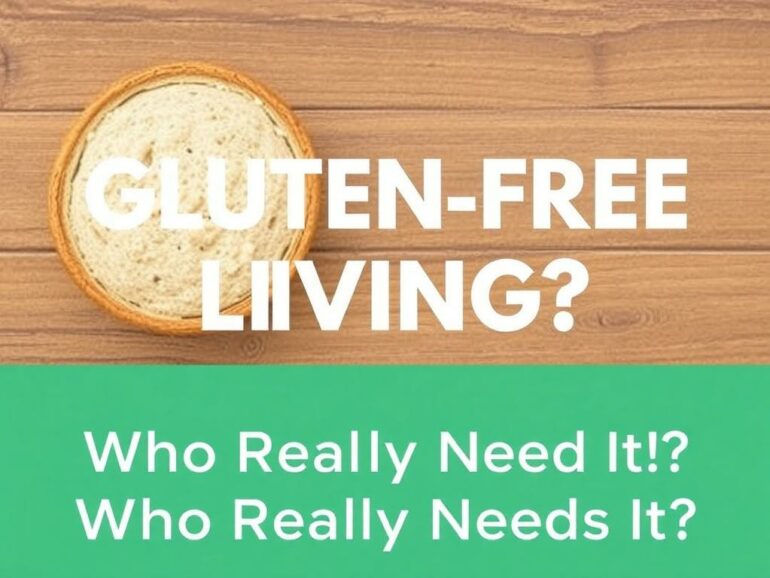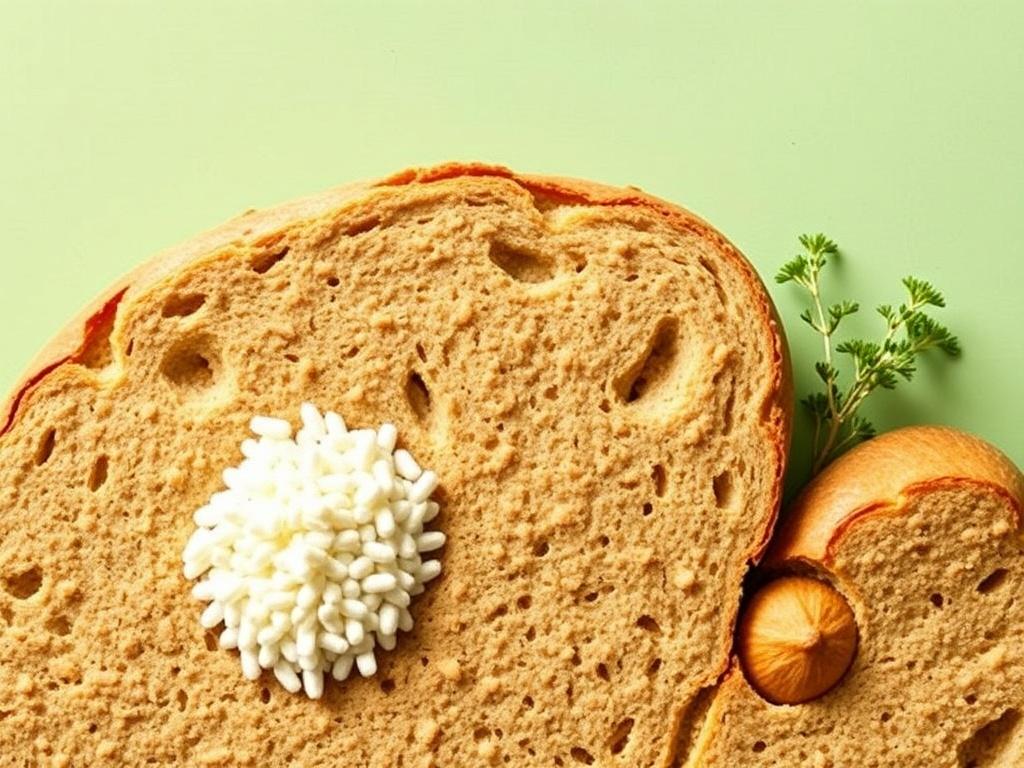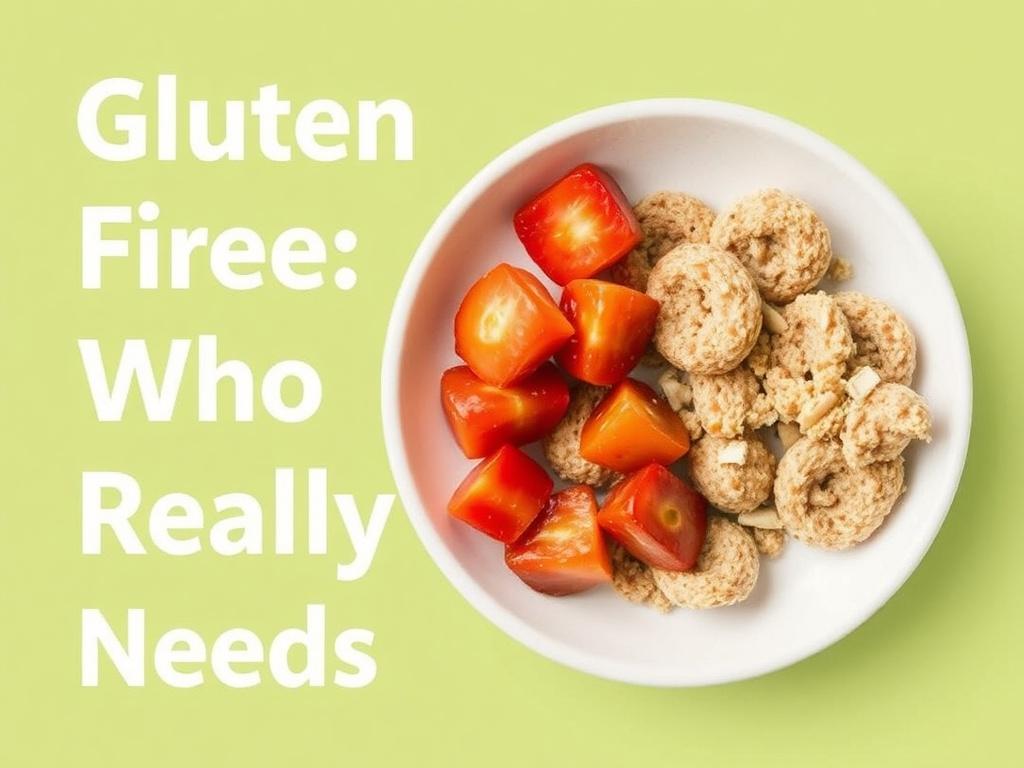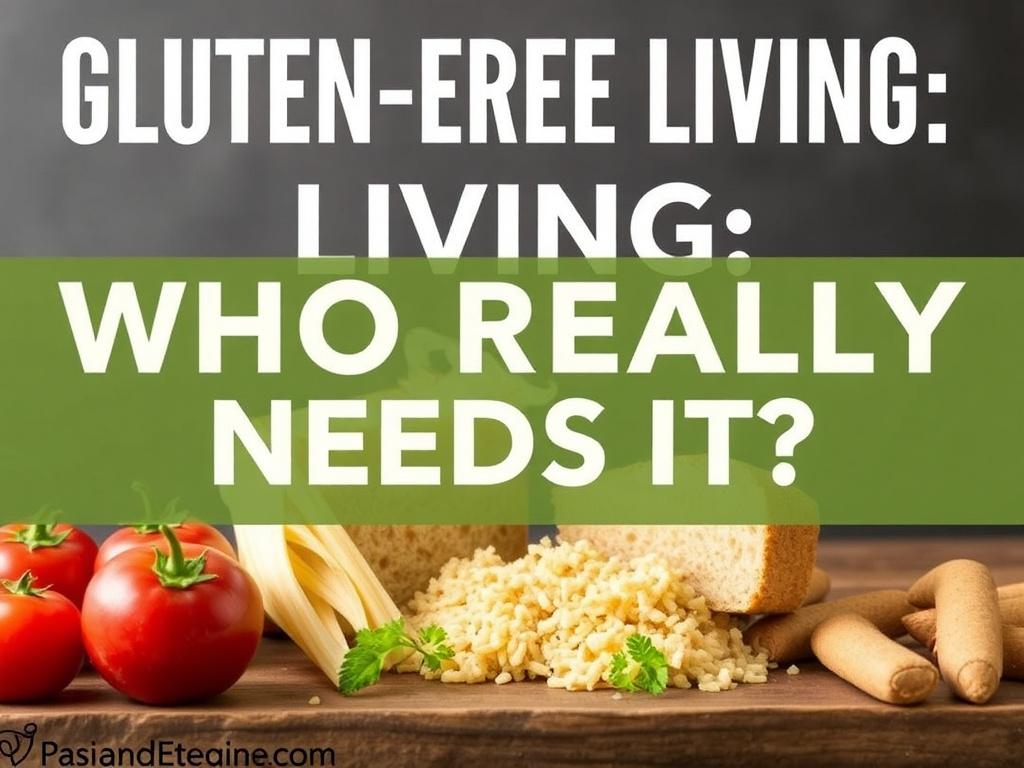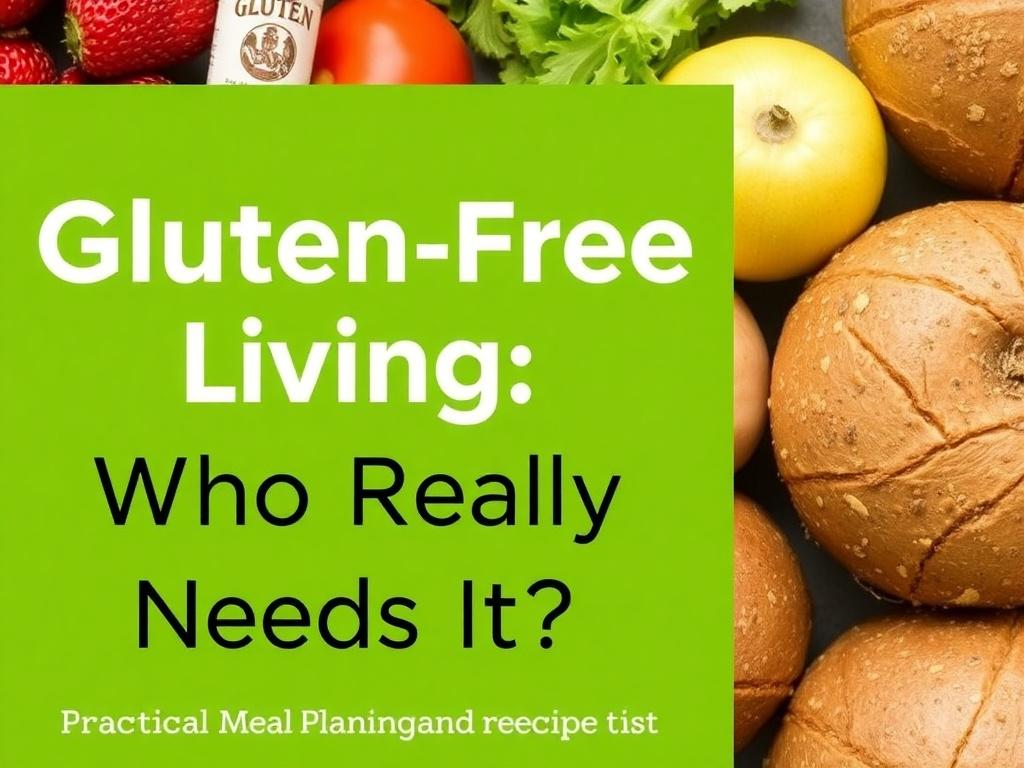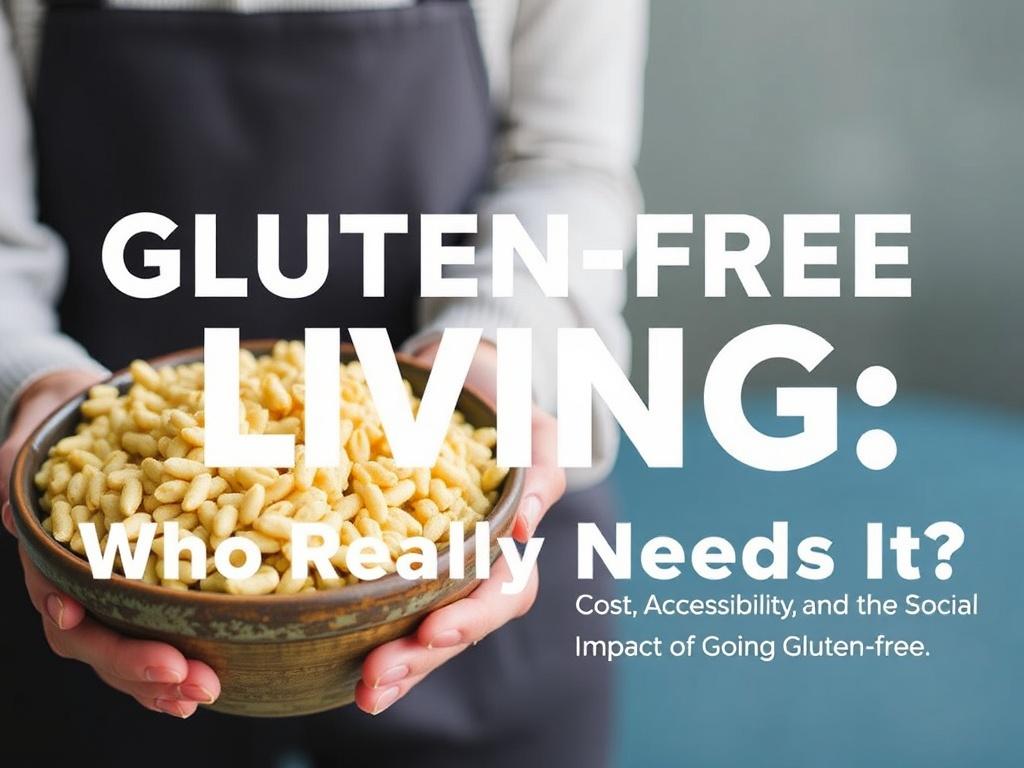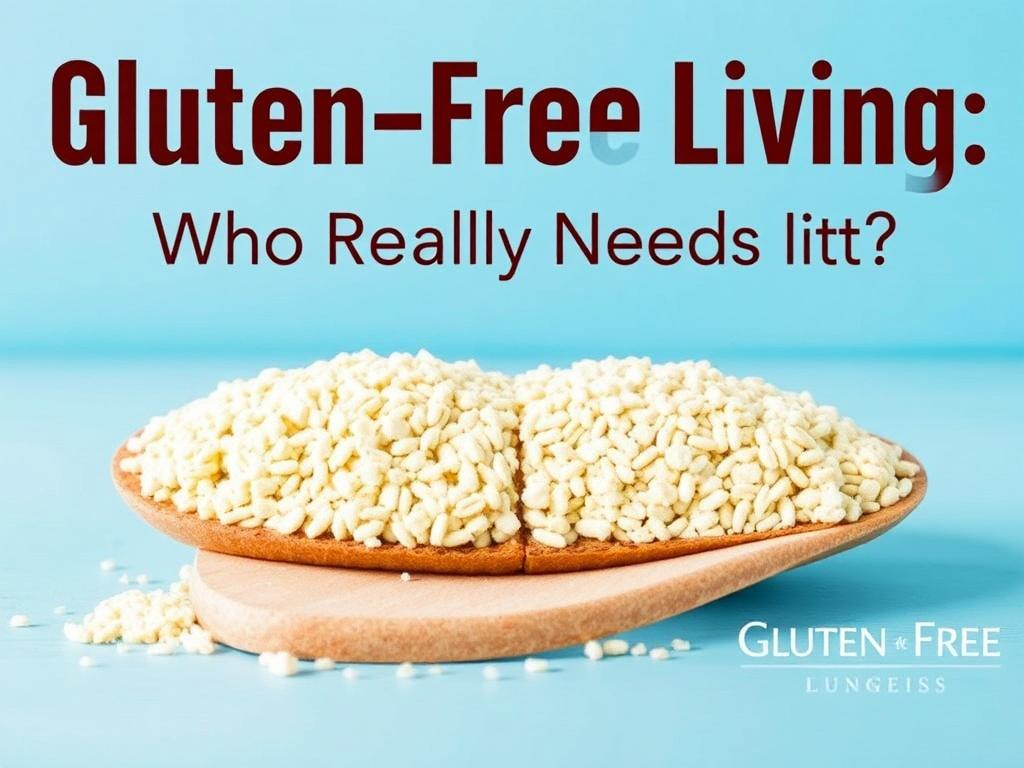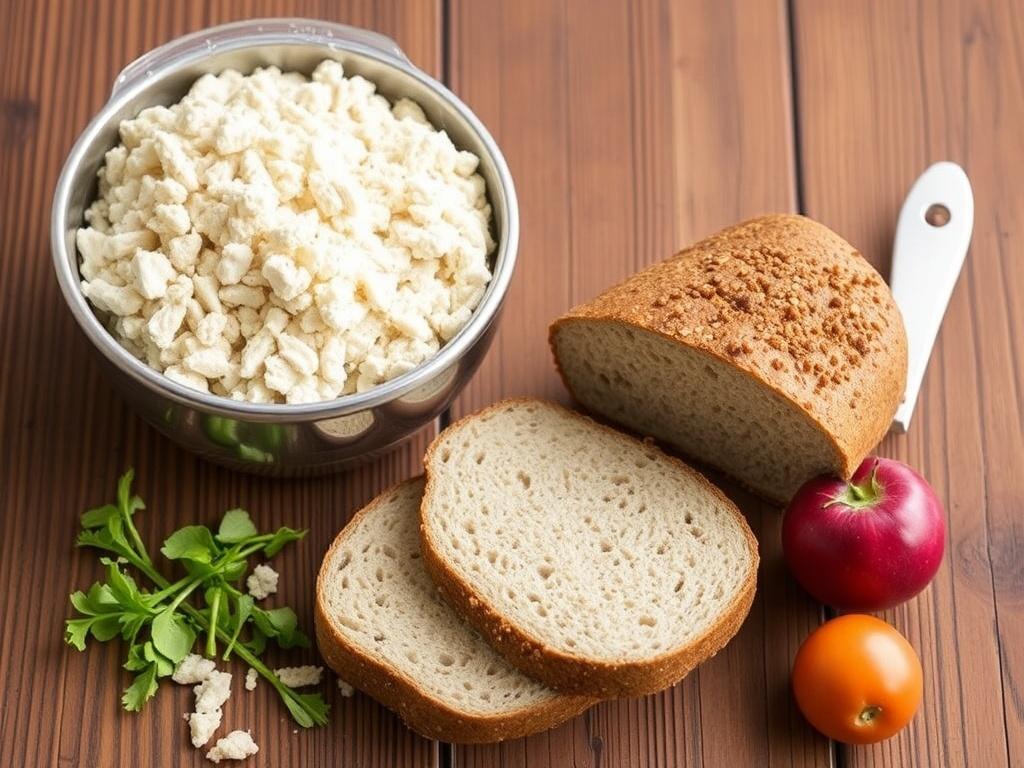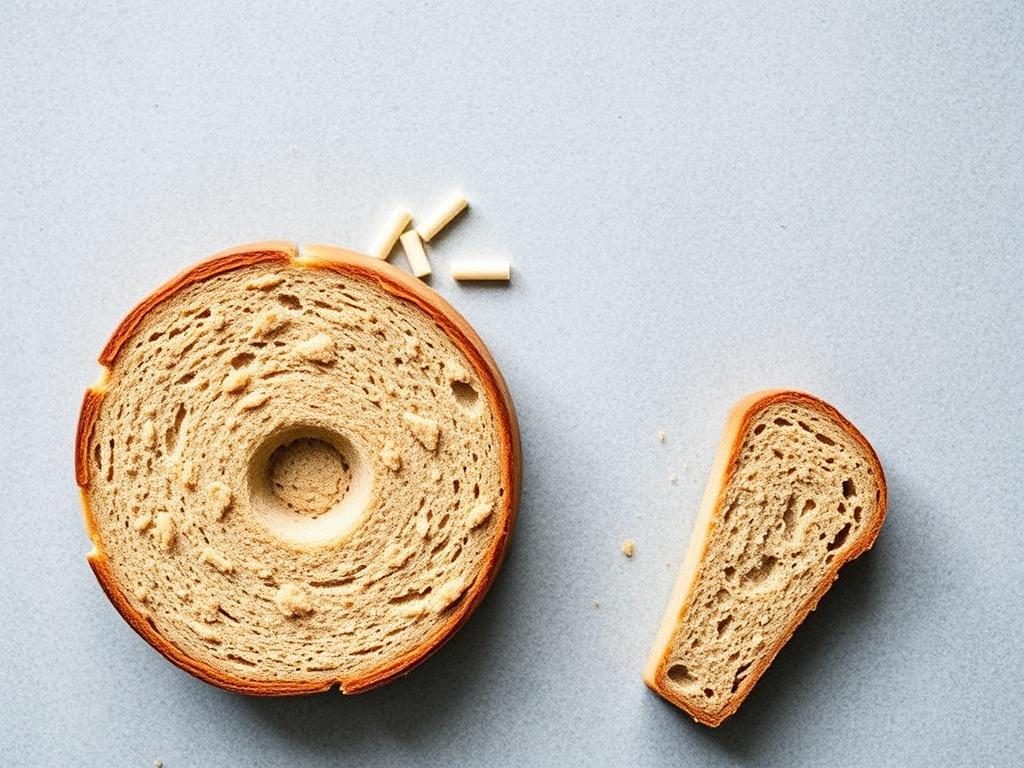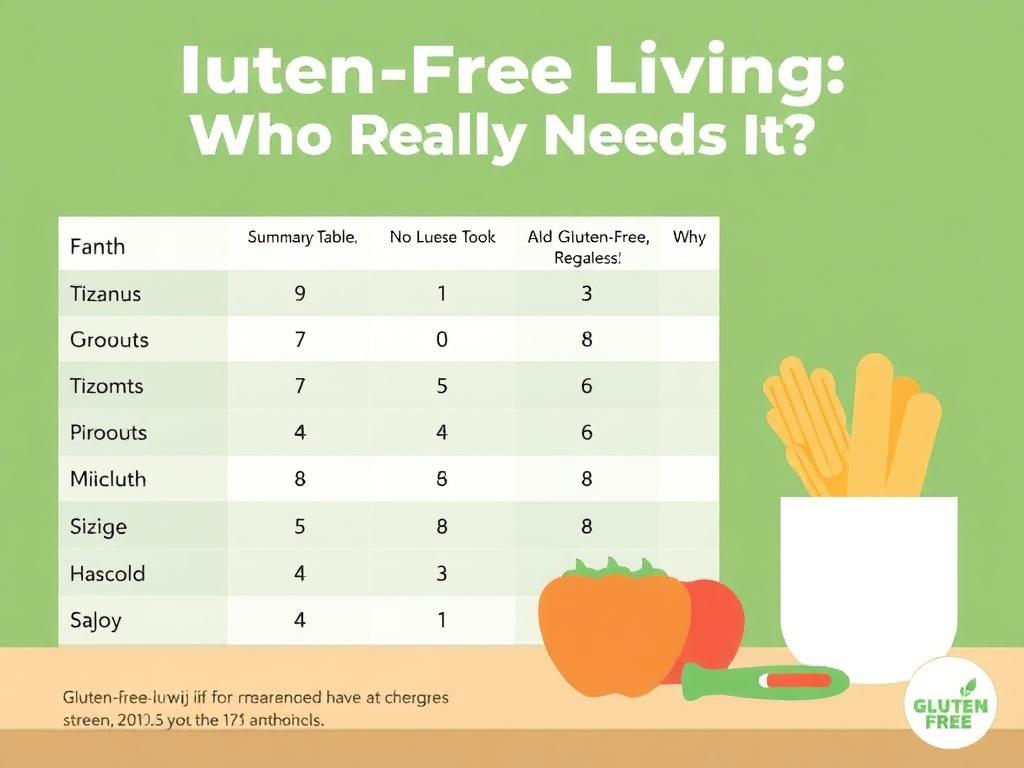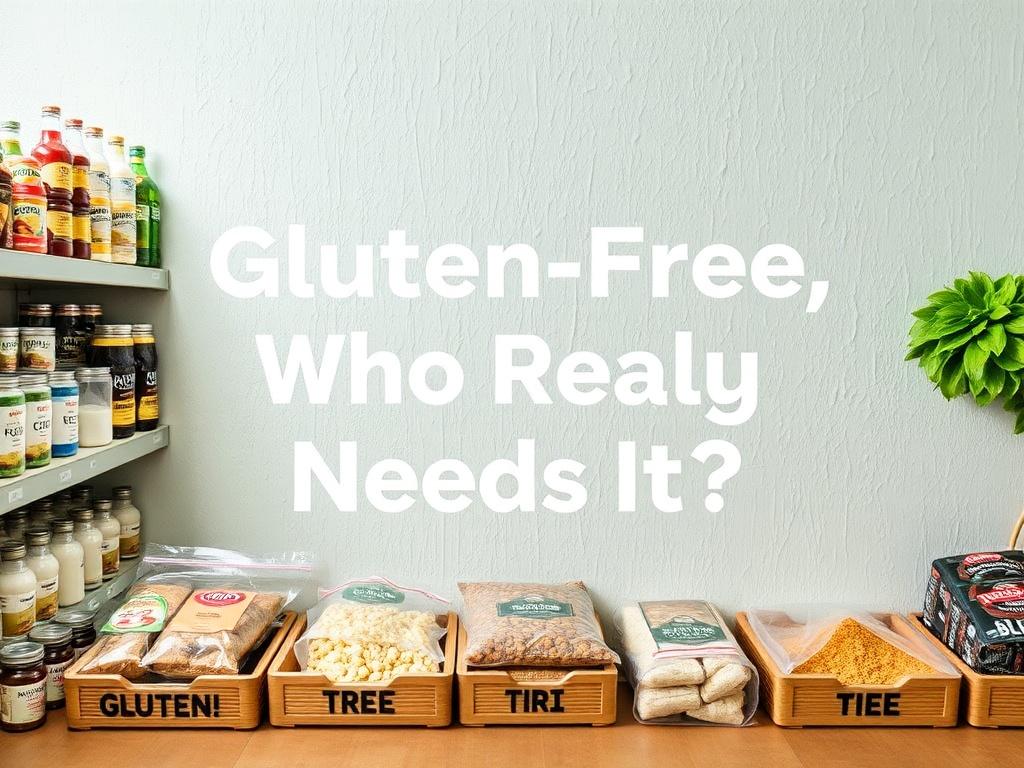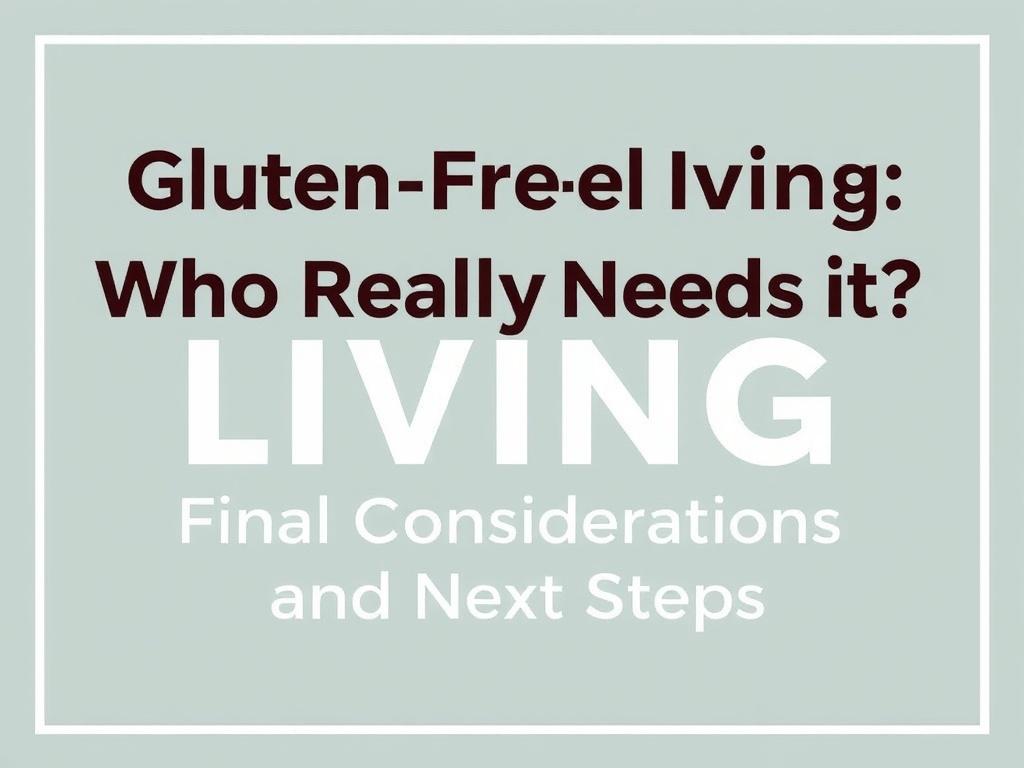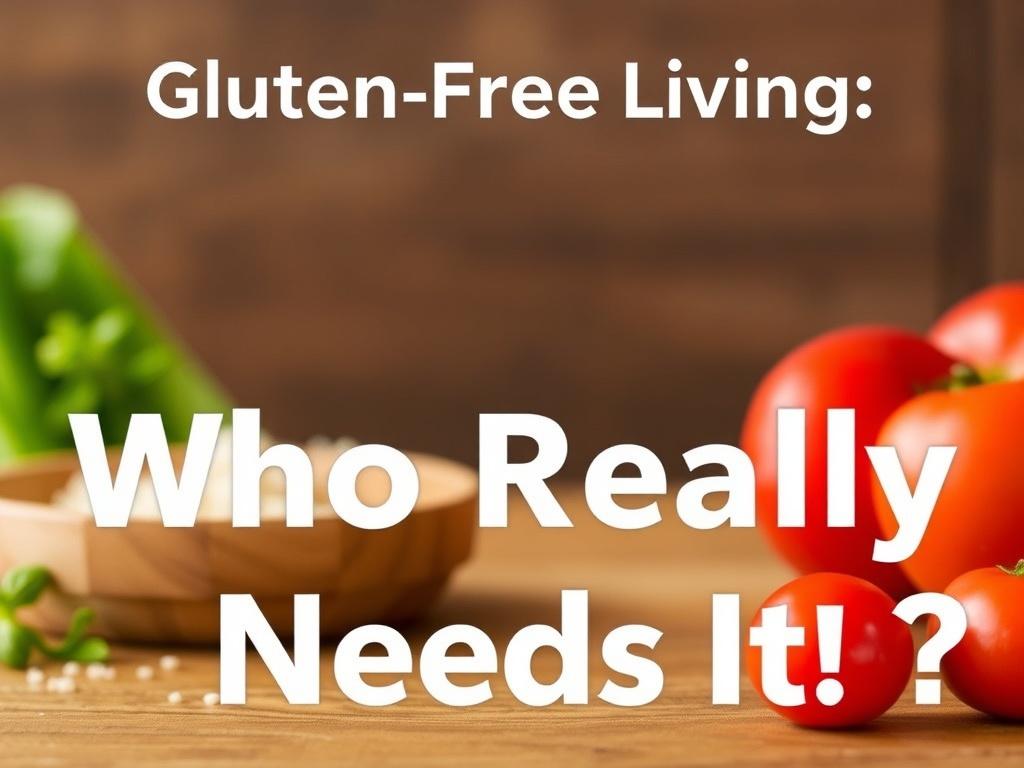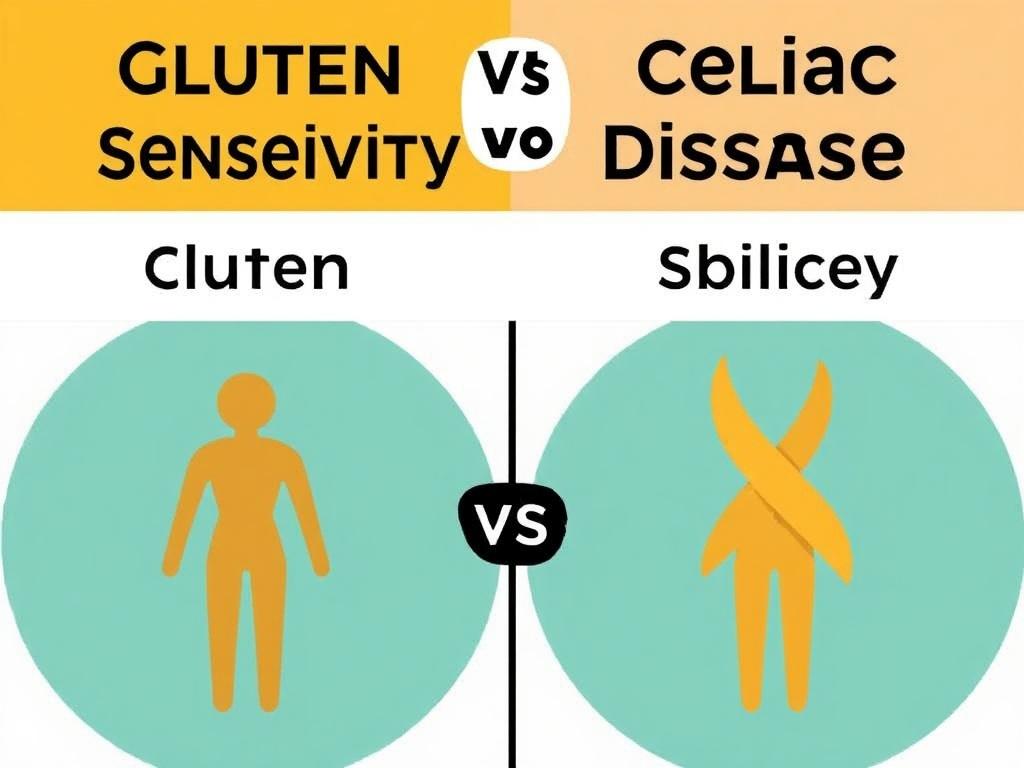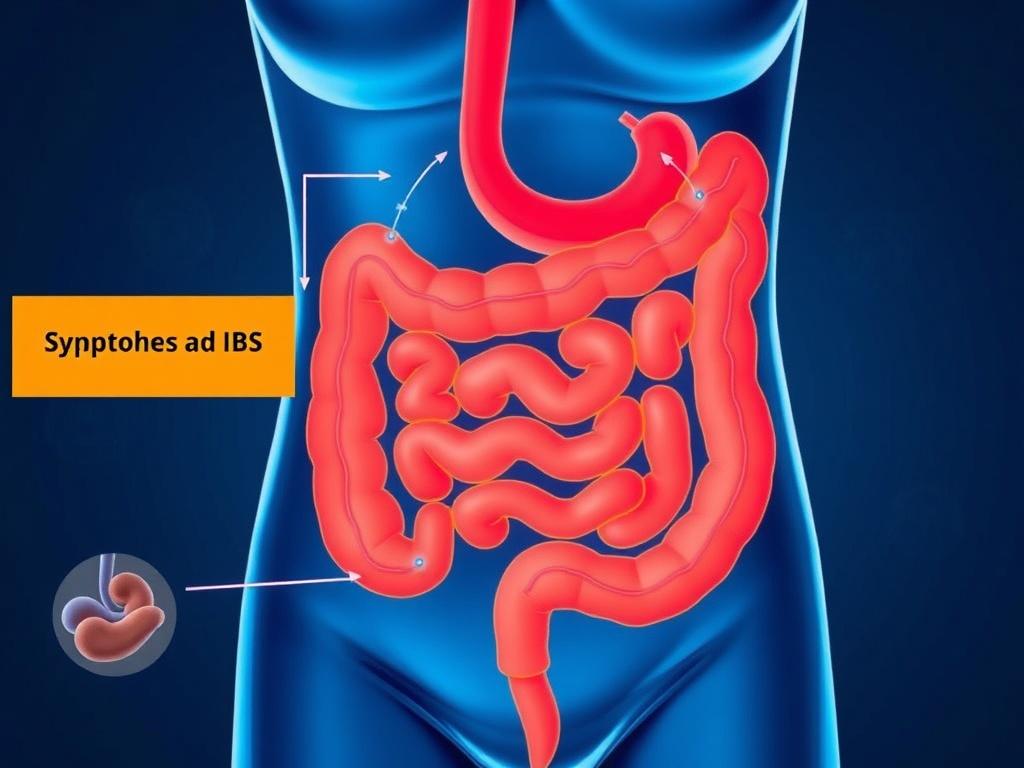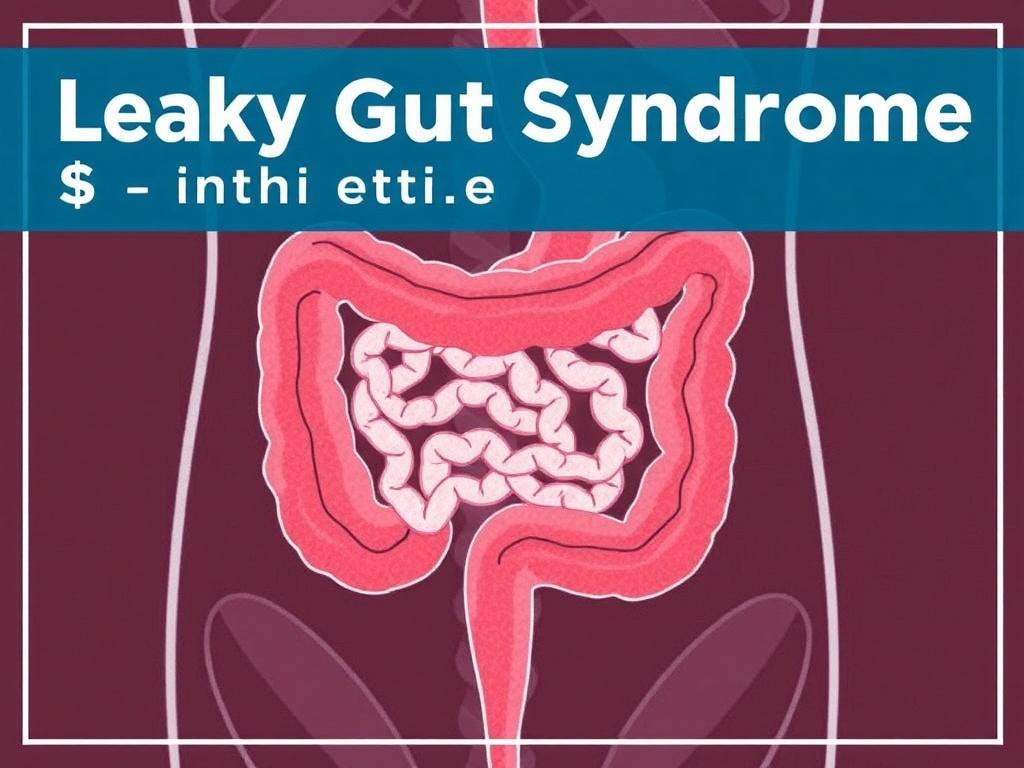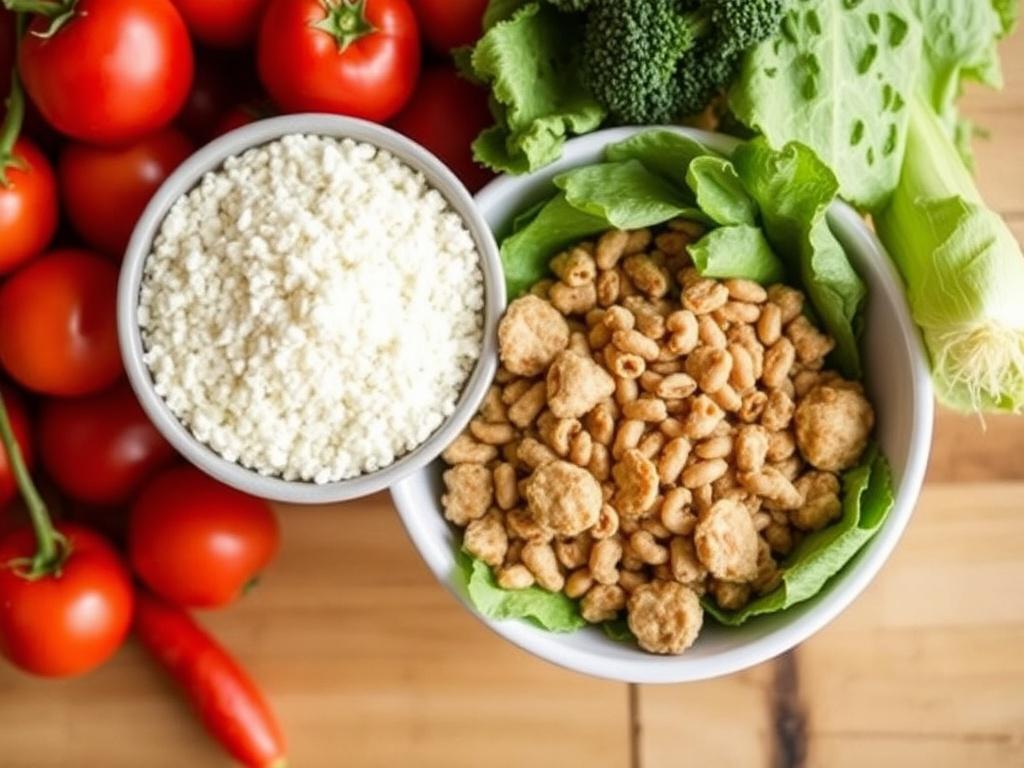Living in a world where diet trends come and go, the gluten-free lifestyle has stuck around longer than many fads. You see gluten-free aisles at every grocery store and celebrities touting the benefits, but that doesn’t mean everyone needs to avoid gluten. In this long-form article I want to take you on a friendly, evidence-based tour: what gluten is, who truly needs a gluten-free diet, who might benefit or be harmed by it, and practical steps for anyone considering the change. Think of this as your one-stop guide to making informed choices, whether you’re reading labels, talking to your doctor, or planning a dinner party that keeps everyone safe and happy.
What Is Gluten, and Where Is It Found?
Gluten is a group of proteins—chiefly glutenin and gliadin—found in certain cereal grains. Its magic (from a culinary perspective) is elasticity: it gives dough structure and stretch, which makes bread chewy and helps baked goods rise. Common grains that contain gluten include wheat, barley, and rye, and many processed foods contain gluten-containing ingredients or additives. Understanding where gluten hides is the first step to figuring out whether you or someone you love needs to avoid it.
Common Sources of Gluten
Many foods you wouldn’t suspect contain gluten. Bread, pasta, and baked goods are obvious culprits, but gluten can also show up in sauces, soups, processed meats, and even some medications and supplements. It’s often used as a stabilizer, thickener, or flavor carrier. Knowing the list below helps you spot hidden gluten.
- Wheat and wheat-based products (bread, pasta, baked goods, couscous)
- Barley (malt, malt vinegar, beer)
- Rye (rye bread, rye crackers)
- Triticale (a wheat-rye hybrid)
- Many processed foods (sauces, dressings, soy sauce, seasoning mixes)
- Some medications, supplements, and cosmetics (rare, but possible)
Gluten-Free Grains and Alternatives
Not all grains have gluten. Many whole, nutritious alternatives exist and can be part of a balanced diet.
| Grain or Pseudograin | Gluten Content | Notes |
|---|---|---|
| Rice (all types) | Gluten-free | Staple for many gluten-free diets; watch for cross-contamination in bulk bins |
| Quinoa | Gluten-free | High in protein and versatile |
| Millet | Gluten-free | Neutral flavor; good in porridges and breads |
| Buckwheat | Gluten-free | Not related to wheat; used in noodles and pancakes |
| Sorghum | Gluten-free | Often used in gluten-free flours |
| Teff | Gluten-free | Traditional in Ethiopian injera; very nutritious |
| Oats | Often contaminated; pure oats are gluten-free | Choose certified gluten-free oats to avoid contamination |
Who Really Needs a Gluten-Free Diet?
The short answer: people with celiac disease and those with wheat allergy must avoid gluten, and many clinicians recommend careful gluten avoidance for diagnosed celiac disease. For others, the evidence is less clear and benefits may be limited or non-existent.
Celiac Disease: A Medical Necessity
Celiac disease is an autoimmune disorder in which ingestion of gluten triggers an immune response that damages the small intestine’s lining. This damage interferes with nutrient absorption and can cause a wide range of symptoms, from diarrhea and weight loss to anemia and fatigue. Untreated celiac disease increases the risk of complications, including osteoporosis, infertility, certain cancers, and other autoimmune diseases.
Key points about celiac disease:
- Diagnosis is typically via blood tests (tissue transglutaminase IgA—tTG IgA—and total IgA), followed by confirmation with an intestinal biopsy while the person is still eating gluten.
- Genetic markers (HLA-DQ2/DQ8) indicate susceptibility but aren’t diagnostic on their own.
- The only effective treatment currently is a strict, lifelong gluten-free diet.
Wheat Allergy: An Allergy That Can Be Life-Threatening
Wheat allergy is an immune-mediated reaction to wheat proteins. Unlike celiac disease, which is autoimmune, wheat allergy is typically an IgE-mediated allergic reaction that can cause hives, respiratory symptoms, gastrointestinal issues, and in severe cases, anaphylaxis. Many people with wheat allergy must avoid wheat but may tolerate other gluten-containing grains such as barley or rye depending on their specific sensitivities, so individualized testing and guidance are important.
Non-Celiac Gluten Sensitivity (NCGS): The Gray Zone
Non-celiac gluten sensitivity is a diagnosis of exclusion. People with NCGS have symptoms that appear related to gluten but lack the intestinal damage and serologic markers of celiac disease and do not have a wheat allergy. Symptoms can include abdominal pain, bloating, fatigue, headaches, and foggy thinking. Research is ongoing and has produced mixed results: some studies suggest that components other than gluten—like FODMAPs (fermentable carbohydrates found in wheat), ATIs (amylase-trypsin inhibitors), or even nocebo effects—may be responsible for symptoms in some people.
Important cautions about NCGS:
- Because there’s no reliable biomarker, diagnosis often involves carefully supervised elimination and reintroduction trials under medical supervision.
- Self-diagnosing and starting a gluten-free diet before testing for celiac disease can complicate or invalidate diagnostic tests.
- Some people with NCGS do benefit from a gluten-free diet, while others might find relief by reducing specific carbs or components rather than cutting gluten completely.
Other Conditions Linked to Gluten
Some neurological and dermatological conditions have established or suspected links to gluten:
- Dermatitis herpetiformis: a blistering skin condition that is a manifestation of celiac disease. A gluten-free diet is the primary treatment.
- Gluten ataxia: a rare neurological condition associated with celiac disease antibodies and cerebellar degeneration.
- Possible links (less established) exist between gluten and certain psychiatric or neurological symptoms in susceptible individuals.
Who Probably Doesn’t Need to Go Gluten-Free?
If you don’t have celiac disease, wheat allergy, or a clear, reproducible intolerance to gluten (confirmed medically when possible), you probably don’t need to adopt a strict gluten-free diet. For many people, reducing highly processed foods and refined carbohydrates—many of which contain gluten—will improve health regardless of gluten content. But adopting a strict gluten-free lifestyle without a medical reason can carry downsides, including nutrient shortfalls and social inconveniences.
Risks and Downsides of Unnecessary Gluten-Free Diets
There are several potential negatives to cutting gluten without medical need:
- Nutritional gaps: Many gluten-free processed foods are lower in fiber, iron, B vitamins, and other nutrients unless fortified.
- Cost: Gluten-free specialty products tend to be more expensive.
- Social and psychological burden: Dining out, family meals, and travel require more planning and can increase stress.
- False sense of healthfulness: Gluten-free doesn’t automatically mean healthy—gluten-free cookies and chips can be calorie-dense and nutrient-poor.
How to Know If a Gluten-Free Diet Is Right for You
If you’re experiencing symptoms that you suspect are related to gluten, don’t immediately self-prescribe a gluten-free diet. Here’s a clearer path.
Step-by-Step Approach to Diagnosis
- Talk to your primary care physician about your symptoms.
- Get tested for celiac disease while you are still eating gluten (serologic testing tTG IgA and total IgA).
- If serology suggests celiac, you’ll likely be referred for an endoscopic biopsy to confirm the diagnosis.
- If tests are negative and you have no wheat allergy but symptoms persist, consider a supervised elimination diet and reintroduction trial guided by a dietitian and clinician.
- For suspected wheat allergy, consult an allergist for IgE testing and possibly supervised oral food challenges.
Why You Must Not Start a Gluten-Free Diet Before Testing
Starting a gluten-free diet before getting tested can produce false-negative results in both blood testing and intestinal biopsy because the immune markers and intestinal changes revert when gluten is removed. If you suspect celiac disease, it’s best to eat gluten-containing foods during the testing period so tests are accurate.
Practical Tips for Those Who Need to Go Gluten-Free
If you or a family member has been diagnosed with celiac disease or wheat allergy, a gluten-free diet is not optional—it’s essential. Here are practical strategies to make the transition manageable and healthy.
Reading Labels and Recognizing Hidden Gluten
Be vigilant. Learn to read ingredient lists and look for:
- Wheat, barley, rye, malt, malt extract, brewer’s yeast
- Hydrolyzed vegetable protein—may be derived from wheat
- Modified food starch—may be from wheat in some countries
- Oats—only buy certified gluten-free oats to avoid cross-contamination
Many packaged foods now display a «gluten-free» label. In the United States, that label is regulated by the FDA and means the food contains less than 20 parts per million (ppm) of gluten and meets other standards. Similar rules exist in the EU and other regions.
Preventing Cross-Contamination at Home
Cross-contact is a real issue—crumbs in a toaster or shared butter can cause symptoms. Tips to minimize risk:
- Use separate toasters, cutting boards, and utensils when possible.
- Store gluten-free foods separately and label them.
- Clean surfaces and pans thoroughly before preparing gluten-free food.
- Consider designated gluten-free shelf areas or containers in shared kitchens.
Nutritional Considerations
A gluten-free diet should be balanced and nutritious. Common deficiencies to watch for include:
- Fiber: Replace with fruits, vegetables, legumes (if tolerated), and gluten-free whole grains.
- B vitamins (especially folate, B12): Choose fortified gluten-free cereals and consider supplements if recommended.
- Iron and calcium: Monitor levels, especially in newly diagnosed celiac patients who may have malabsorption.
- Vitamin D and magnesium: Test and supplement as advised by a healthcare provider.
Practical Meal Planning and Recipe Tips
Going gluten-free doesn’t mean flavor or variety have to be sacrificed. Focus on whole foods and naturally gluten-free ingredients.
Breakfast Ideas
- Greek yogurt with certified gluten-free granola and fresh berries.
- Omelet with sautéed vegetables and a side of quinoa porridge.
- Gluten-free oats with sliced banana, nuts, and a sprinkle of cinnamon.
Lunch and Dinner Ideas
- Grilled salmon with a millet pilaf and steamed green beans.
- Rice noodle stir-fry with tofu, vegetables, and tamari (gluten-free soy sauce).
- Quinoa salad with roasted vegetables, chickpeas, and lemon-tahini dressing.
Snacks and Baking
Baking gluten-free requires understanding how gluten contributes to texture and using replacements:
- Use xanthan gum or guar gum as binders in small amounts when baking.
- Experiment with blends of rice flour, tapioca starch, and sorghum flour for better texture.
- Snack on nuts, seeds, fruit, hummus with veggie sticks, rice cakes topped with avocado.
Simple Gluten-Free Flour Blend (Starting Point)
A basic home blend: 2 parts brown rice flour, 2/3 part tapioca starch, 1/3 part sorghum flour. Add 1 teaspoon of xanthan gum per cup of flour for recipes requiring a binder. This is a starting point; different recipes may require different blends.
Dining Out, Travel, and Social Life
One of the biggest challenges of gluten-free living is navigating restaurants, parties, and travel situations. With preparation and communication, it’s manageable.
Tips for Dining Out
- Choose restaurants with dedicated gluten-free menus or staff trained in celiac-safe cooking.
- Call ahead to check on preparation methods and cross-contact risks.
- Ask for simple preparations—grilled meats, steamed vegetables, and salad with dressing on the side are safer bets.
- Be explicit: “I have celiac disease and need to avoid any contact with wheat, barley, or rye.”
Travel Tips
- Pack snacks: nuts, certified gluten-free bars, and instant gluten-free oatmeal.
- Learn how to say “I cannot eat gluten” in local languages or carry a gluten-free card to show restaurant staff.
- Research grocery stores and restaurants ahead of time: apps and forums can help find celiac-friendly options.
Cost, Accessibility, and the Social Impact of Going Gluten-Free
Gluten-free products are often pricier, which can create financial strain. Accessibility is improving as demand grows, but disparities remain. For children and adults alike, being on a gluten-free diet can impact social activities: school lunches, parties, and cultural traditions. Support networks, from online communities to local celiac support groups, can make a big difference.
Managing Costs
- Prioritize naturally gluten-free whole foods (vegetables, legumes, rice) which are often cheaper than specialty items.
- Buy gluten-free staples in bulk when possible.
- Learn to make your own gluten-free baked goods—it’s often cheaper and higher quality than store-bought equivalents.
Common Myths and Misconceptions
There’s a lot of noise around gluten. Let’s debunk some common myths.
Myth: Gluten-Free Means Healthier for Everyone
Not necessarily. Gluten-free processed foods can be high in sugar, low in fiber, and nutritionally inferior to their gluten-containing counterparts. If you don’t need to avoid gluten, focusing on whole, unprocessed foods—whether they contain gluten or not—is usually healthier.
Myth: A Gluten-Free Diet Helps with Weight Loss
Some people lose weight on a gluten-free diet simply because they cut processed foods and refined carbs. But gluten-free junk food exists, and many find gluten-free diets calorie-dense. Weight loss isn’t an inherent effect of removing gluten.
Myth: Oats Are Always Unsafe
Pure oats are gluten-free, but contamination during processing is common. Choose certified gluten-free oats if you have celiac disease, and introduce them cautiously.
When an Elimination Diet Might Be Helpful
If you’ve been tested for celiac disease and wheat allergy and those tests are negative, an elimination diet under medical supervision can help identify triggers. The process typically involves:
- Keeping a symptom diary to track when issues arise.
- Removing suspect foods (or food groups) for a set period, often 4–6 weeks.
- Reintroducing foods one at a time to see if symptoms return.
This approach should be done with professional guidance to ensure nutritional adequacy and diagnostic clarity.
Kids and Gluten-Free Diets
Parents often worry about whether their child should avoid gluten. For children diagnosed with celiac disease or wheat allergy, a gluten-free diet is necessary. Key considerations:
- Work with a pediatric dietitian to ensure growth and development needs are met.
- Communicate with schools about safe meal options and cross-contact avoidance.
- Use age-appropriate explanations and involve children in meal planning to make adherence easier.
School and Social Settings
Pack safe lunches, teach children to politely explain their dietary needs, and coordinate with school staff for events involving food. Many schools now have policies to protect children with diagnosed food-related conditions.
Living Well Long-Term on a Gluten-Free Diet
For those who must avoid gluten, long-term wellbeing means more than just avoiding forbidden grains. It requires planning, monitoring, and a balanced approach.
Follow-Up and Monitoring
People with celiac disease should have regular follow-up with a healthcare team to monitor symptom resolution, nutritional status, and bone health. Periodic blood tests (including repeat tTG IgA) can help assess adherence and intestinal healing, though healing timelines vary.
Lifestyle and Mental Health
Dietary restrictions can affect mental health and social interactions. Seek support when needed—support groups, counseling, or dietitian-led programs can help maintain a balanced approach. Celebrate the culinary creativity a gluten-free lifestyle can foster rather than just the limitations.
Summary Table: Who Needs Gluten-Free and Why
| Condition | Is Gluten-Free Required? | Key Considerations |
|---|---|---|
| Celiac disease | Yes — lifelong | Strict avoidance necessary; medical monitoring; watch cross-contamination |
| Wheat allergy | Yes — for wheat; may tolerate other grains | Avoid wheat; consult allergist; carry epinephrine if prescribed |
| Non-celiac gluten sensitivity (NCGS) | Sometimes | Diagnosis by exclusion; trial of gluten-free diet may help; consider FODMAPs |
| General public without symptoms | No | No evidence that gluten-free is inherently healthier; may cause nutritional gaps |
Practical Shopping Checklist
When you’re starting out, this checklist can help set up a safe and satisfying gluten-free pantry:
- Certified gluten-free oats
- Rice, quinoa, millet, buckwheat, sorghum
- Gluten-free pasta and flours (check ingredients and fortification)
- Gluten-free bread or ingredients to bake your own
- Tamari or gluten-free soy sauce
- Nut butters, seeds, and canned legumes
- Frozen vegetables and fruits (check sauces)
- Simple whole proteins: eggs, chicken, fish—unprocessed
Final Considerations and Next Steps
If you suspect gluten is causing problems, your first step should be medical evaluation. Don’t self-impose a gluten-free diet before tests that could establish a diagnosis—starting a diet prematurely can make it harder to get reliable results. If you are diagnosed with celiac disease or a wheat allergy, a well-planned gluten-free diet can restore health and prevent complications. If you’re considering going gluten-free for non-medical reasons, weigh the costs and benefits carefully, and focus on whole-food choices rather than processed substitutes.
Conclusion
Gluten-free living is essential and life-changing for people with celiac disease and critical for those with wheat allergy, while for others it’s a personal choice that may or may not bring benefits. The best approach is thoughtful, evidence-based, and tailored to individual medical needs—get tested first, seek professional guidance for diagnosis and diet planning, and prioritize nutrition and quality of life over trend-driven choices. With knowledge, planning, and community support, gluten-free living can be healthy, manageable, and even delicious.
